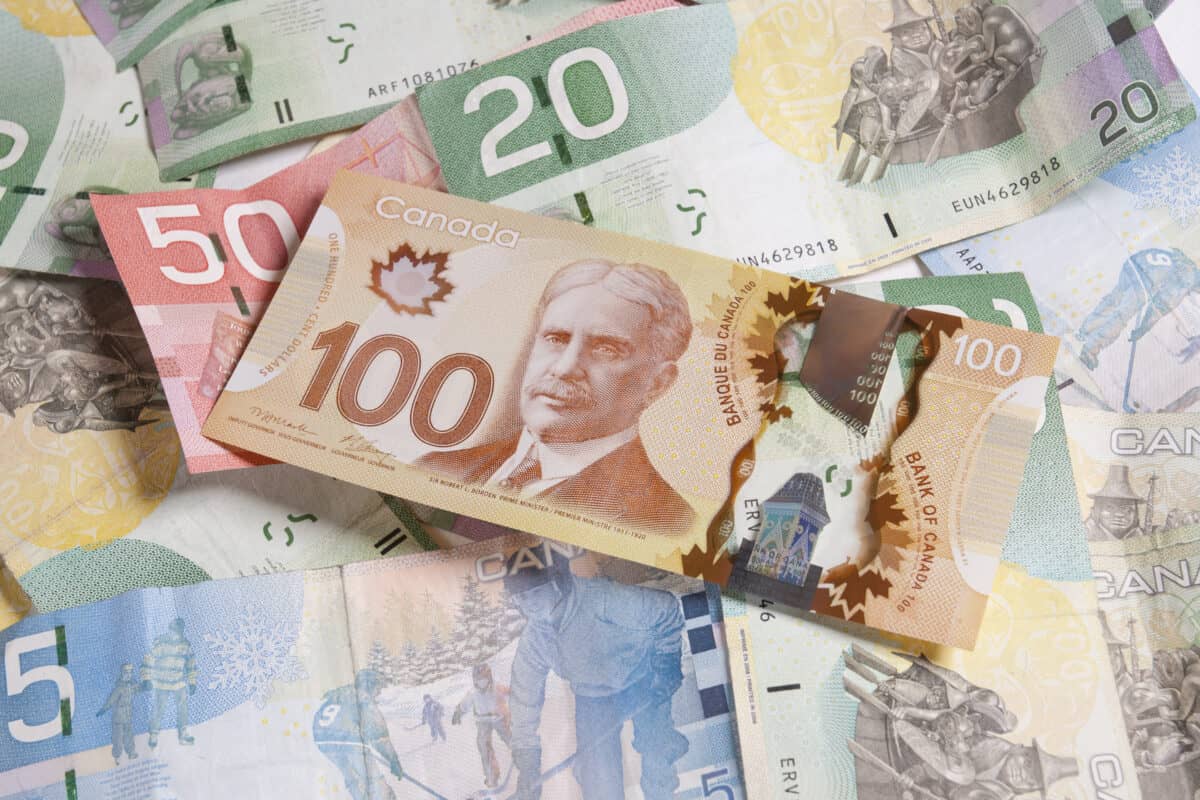Do you want to earn tax-free income in your Tax-Free Savings Account (TFSA)?
In one sense, it’s an easy thing to attain. In another sense, it’s hard to pull off. Although a single share of a dividend stock can pay you “some” passive income in your TFSA, the amount will likely be very small. In order to achieve a substantial amount of tax-free income in your TFSA, you need to either invest a large sum of money, invest in high-yield stocks, or both. The latter strategy is not as simple as it sounds because very high-yield stocks are usually riskier than average.
In this article, I will explore a strategy you can use to generate $2,916.50 per year in passive TFSA income, provided that you were at least 18 years of age or older in 2009.
Invest $95,000
If you invest $95,000 in the TSX stock market, you should get approximately $2,916.50 in annual passive income that’s paid quarterly. That’s based on the index’s weighted average dividend yield, which is 3.07%. A “weighted average yield” is the yield on a stock market index, where each stock’s yield is weighted at that stock’s percentage of the total.
Sum these up, and you will get a figure pretty close to the yield you’d collect by investing in an index fund that tracks that index. Speaking of which, let’s explore how you can actually buy the entire TSX stock market index.
Buy a TSX index fund
The TSX market portfolio can be represented with iShares S&P/TSX Capped Composite Index Fund (TSX:XIC).
The iShares S&P/TSX Capped Composite Index Fund is an index exchange-traded fund (ETF) tracking the TSX Composite — a 240-stock index of Canadian stocks. These are roughly the 240 largest Canadian companies by market capitalization. XIC is quite cheap, with a 0.06% annual management fee, which is tiny. It is well diversified, with 240 stocks. Finally, it is highly liquid, with millions of shares exchanging hands every month. XIC pretty well represents the entire TSX (that is the entire Canadian stock market minus the venture exchange), so buying it is a good way to “invest in Canada” without having to research and make decisions about individual stocks thoroughly.
| COMPANY | RECENT PRICE | NUMBER OF SHARES | DIVIDEND | TOTAL PAYOUT | FREQUENCY |
| iShares TSX Index Fund | $35.16 | 2,700 | $0.27 per quarter ($1.08 per year). | $729.125 per quarter ($2,916.50 per year). | Quarterly. |
Higher yields make more income possible
If you invest in individual stocks or high-yield funds, you can get even higher yields than you can get by investing in index funds. Consider Toronto-Dominion Bank (TSX:TD), for example. It’s a Canadian bank stock that pays $1.02 in dividends per quarter or $4.08 per year. Today’s stock price is $75.30, which provides a yield of 5.41%.
With its 5.41% dividend yield, TD stock can generate $5,139.50 in dividends per year in a fully maxed-out TFSA.
| COMPANY | RECENT PRICE | NUMBER OF SHARES | DIVIDEND | TOTAL PAYOUT | FREQUENCY |
| TD Bank | $75.30 | 1,260 | $1.02 per quarter ($4.08 per year). | $1,284.875 per quarter ($5,139.50 per year). | Quarterly |
As you can see, TD Bank has quite a bit of dividend potential. If the dividend keeps rising, it may have even more dividend potential than it appears to have. Of course, you shouldn’t just go out and invest all of your money in an individual stock like TD Bank. Such stocks have more risks than diversified portfolios do.
In TD’s case, there is a money-laundering investigation that could cause it to take a lot of fines. You’ll want to diversify your exposure here somewhat. Nevertheless, TD stock helps to illustrate that it’s possible to earn a fairly substantial income supplement in your TFSA.








